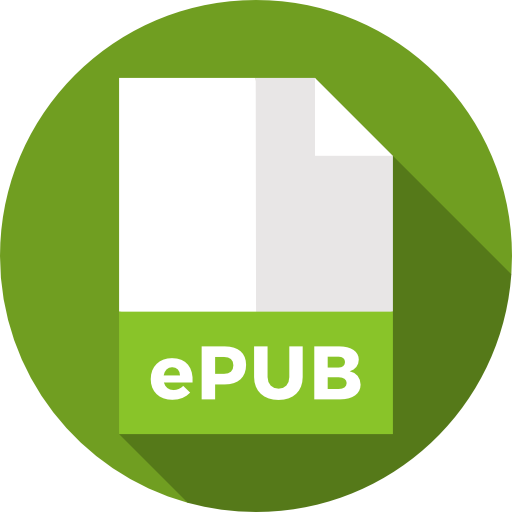
An International Publisher for Academic and Scientific Journals
Author Login
Scholars Journal of Applied Medical Sciences | Volume-2 | Issue-05
Evaluation of Abdominal Wall Closure Technique in Emergency Laparotomies at a Peripheral Hospital
Ibrahim S. Elkheir, Saadeldin A. Idris
Published: Sept. 27, 2014 |
315
270
Pages: 1591-1595
Downloads
Abstract
Abdominal wound closure technique should be efficient to perform, provide strength and be a barrier to
infection. The method of closure of the abdominal wall is a critical aspect of an effective incision closure, in addition to
the choice of suture material. The aim of the study was to report our experience with abdominal wound closure technique
in peripheral hospital. A prospective, cohort study (June 2003- June 2010) conducted in Aldamazin Hospital, Sudan. It
included patients who underwent laparotomy. All abdominal wall wounds were closed by standardized documented
method of closure; mass closure using one loop continuous suture with delayed absorbable polygactin 910 (Vicryl). Data
regarding postoperative complications was collected and managed statistically by SPSS computer program. The study
included 206 patients; the indication for laparotomy was inflammatory, traumatic and neoplastic in 62.6%, 33% and
4.4% respectively. It was performed through vertical and transverse incisions in 159 (77.2%) and 47 (22.8%)
respectively. Mean postoperative hospital stay was 9.1 ±3.6 days (Range 3― 30 days), and was affected by the
postoperative course. Postoperative complications seen in 40.8% and it was affected by indication for surgery, p=0.01.
The complications encountered were wound infection, sepsis, chest infection, DVT, wound dehiscence and incisional
hernia in 29.6%, 6.8%, 3.4%, 1%, 0.5%, and 0.5% respectively. In conclusion, wound infections after abdominal surgery
are still frequent types of nosocomial infections. Mass abdominal closure with continuous Vicryl suture and size
modified to age and body built decreases postoperative complication.


